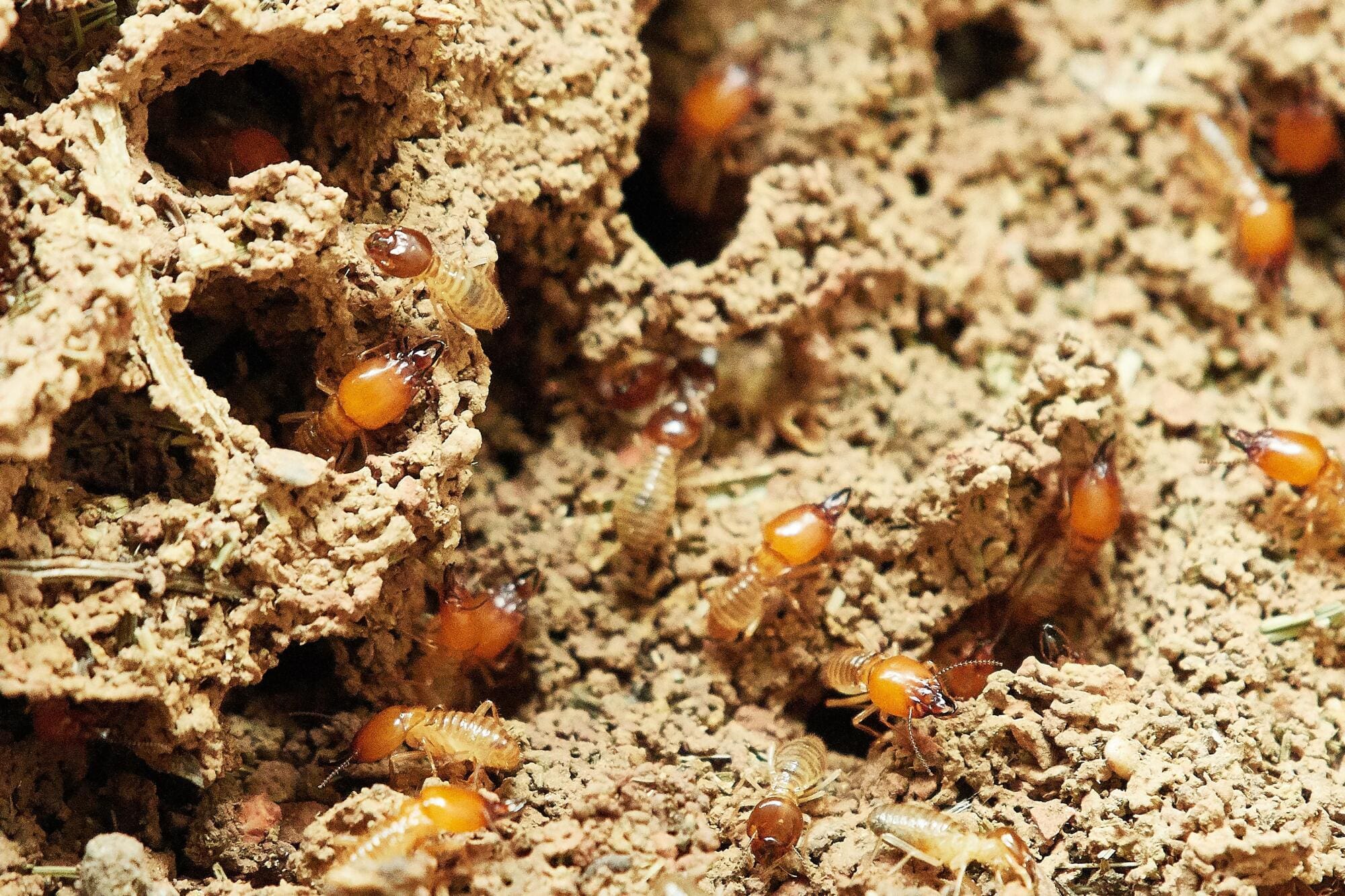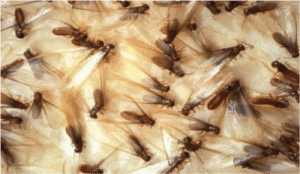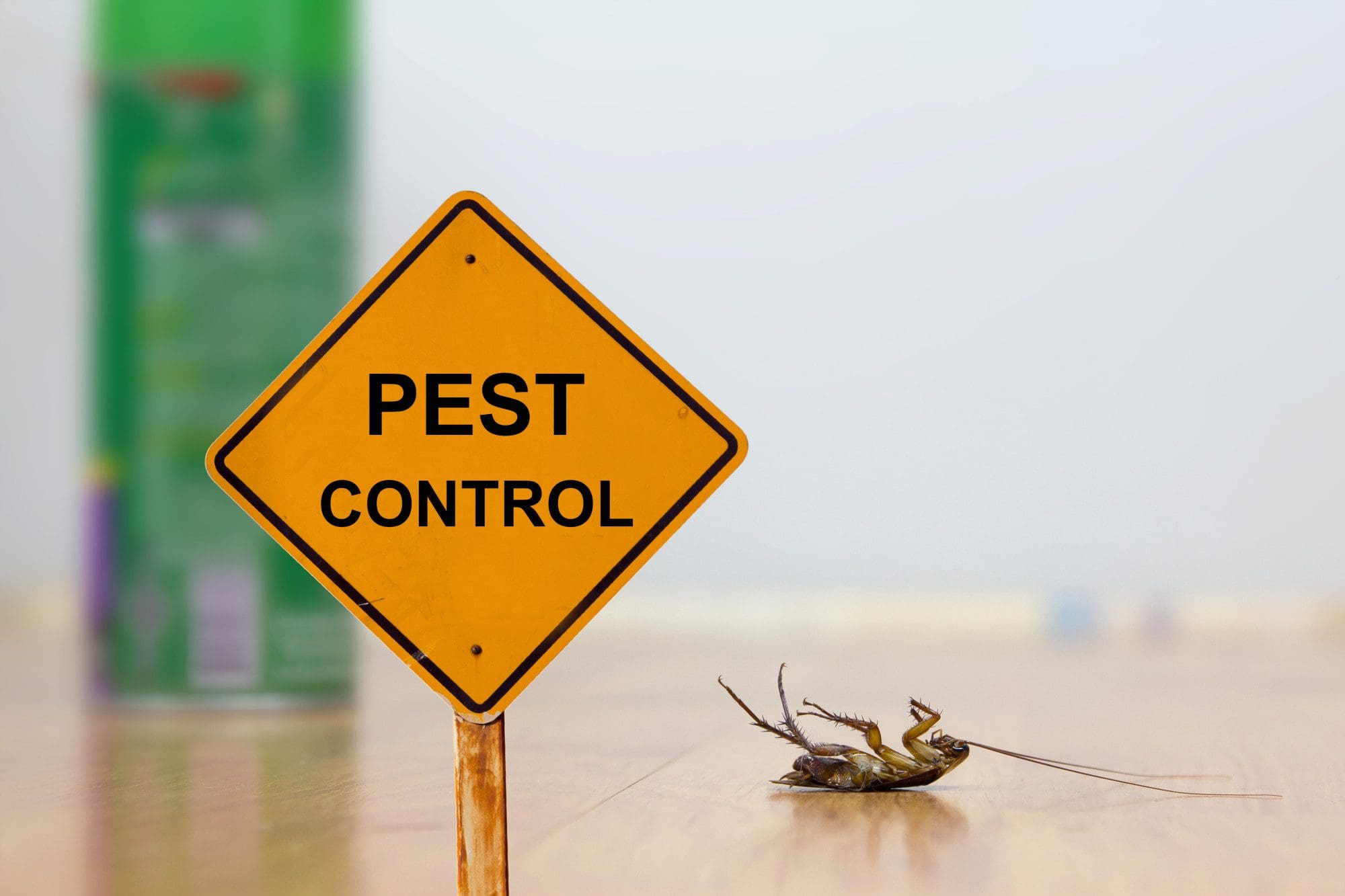What do you think the most destructive pest in the world is? Is it mosquitoes, ants, or rats?
Mosquitoes may cause more illnesses, but termites win hands down in terms of property damage. The two most common types of termites are subterranean and drywood.
Knowing the difference lets you find the right treatment to get rid of them. Read on to learn the differences between subterranean vs drywood termites.
Diet
One major difference between subterranean termites vs. drywood termites is what they like to eat. You may already have their favorite food in your home.
Drywood termites live off a diet of both hard and softwoods. They eat both along and across the grain.
They also create nests in the wood they’ve infested. They can live in these nests without coming out for years, and they don’t even need water to survive.
Subterranean termites only eat soft wood. They always eat against the grain.
Signs of an Infestation
Getting rid of termites starts with knowing the signs of an infestation.
Drywood termites leave droppings known as “frass.” They push it out from the wood they’re inhabiting. It looks like sawdust from far away and granular pellets up close.
You can also check for any dislodged wings. Swarming drywoods may have left them behind.
They can even leave your wood hollow. Tap on it to see if it makes a hollow or dull sound. This indicates they’ve already chewed through it and made a colony.
Subterranean termites leave behind tunnels for foraging known as mud tubes. They’ll make them in dark, moist environments near a water source. You may notice shed wings next to them.
Colony Size
Subterranean termites have much larger colonies. They can have hundreds of thousands of insects. Formosan subterranean termite colonies have up to 2 million insects.
Drywood termites are smaller and include hundreds or thousands of insects. This means they don’t cause as much damage, but it also makes them harder to spot.
Damage
Damage and termite control aren’t covered under home insurance. You’re liable for the cost unless they create an issue such as a flood or fire that fits under your policy.
Subterranean termites are one of the most destructive species. It often shows up in a honeycomb pattern or blisters in the flooring.
Drywood termite damage is also serious but easier to identify. Look in dark, wet areas and check wooden structures such as:
- Furniture
- Picture frames
- Banisters
- Bed frames
Prevention and Treatment
There are three main treatment options for a drywood termite infestation: tent fumigation, boric acid, and essential oils.
Getting rid of subterranean termites requires a method that reaches underground. Poison bait spreads to the queen, which ends up killing the entire colony. Tent fumigation is one of the only subterranean termite options when the infestation gets serious.
Who Can Identify and Control Subterranean Termites vs. Drywood Termites In My Home?
Comparing subterranean termites vs drywood termites reveals differences in their diet, colony size, and the signs and damage they leave behind. Experts also need to use different methods to get rid of them.
The experienced team at Chet’s Termite and Pest Management is dedicated to fixing your pest problem with prompt and personal service. We come when you call instead of making you wait around all day. Get a free 57-point inspection today.




